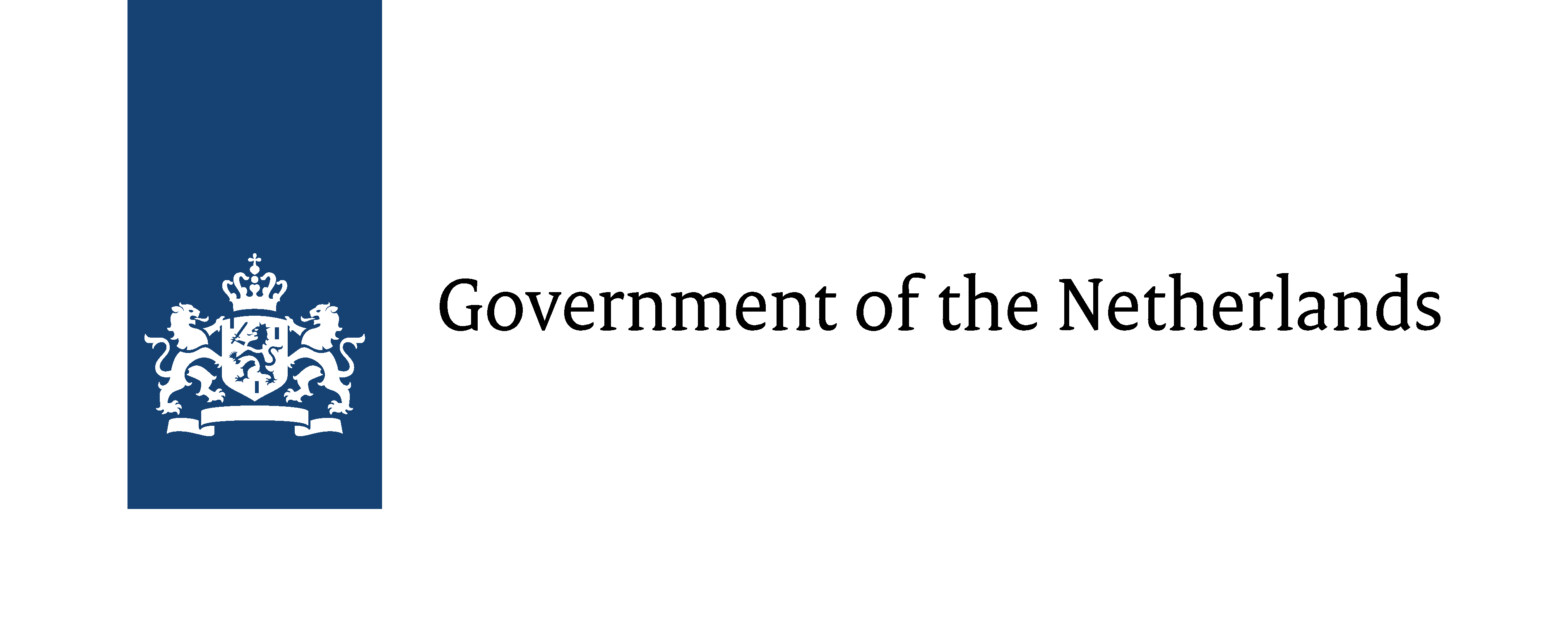Living Dutch and the autobiography
In 2002 the Society for Dutch Literature (MNL) held a survey among its members to determine the most important writers and literary works in the history of Dutch literature. Max Havelaar or the Coffee Auctions of the Dutch Trading Company by Multatuli, which first appeared in 1860, was chosen as the highest point of Dutch literature thus far. Max Havelaar did in fact define the way in which Dutch literature would develop from then on. Multatuli (a pseudonym used by Eduard Douwes Dekker) broke with the nineteenth-century tradition of writing long and complicated sentences in endless descriptive prose, and declared that he would apply himself to ‘writing in living Dutch’. The influence of Multatuli and his preference for ordinary Dutch is clearly perceptible right into the period of post-war literature, for example in the desire of Gerard Reve (1923 – 2006) to be a ‘people’s writer’. The cynical humour and polemic nature of W.F. Hermans (1921 – 1995) can also be traced directly back to Multatuli. Reve and Hermans are two of the most important writers in the Netherlands, who, together with Harry Mulisch, (1927) form the ‘big three’ of post-war Dutch literature.
After the Second World War, the first worldwide bestsellers emerged from Dutch soil, in the form of two autobiographical works that are in other aspects totally different from each other: Anne Frank’s The Diary of a Young Girl and the sex-filled picaresque novel I, Jan Cremer by Jan Cremer. Since then the autobiographical element has become an essential part of Dutch literature. For example, Jan Wolkers (1925 - 2007) from the 1960s onwards, followed by Maarten ’t Hart (1944) in the 1970s began to achieve fame with autobiographically tinted works in which their Dutch Reformed background plays a significant role. In the 1980s and 90s, A.F.Th. van der Heijden wrote the lengthy multi-volume saga De Tandeloze Tijd, in which the life of the main character, Albert Egberts, strongly resembles that of Van der Heijden himself.

